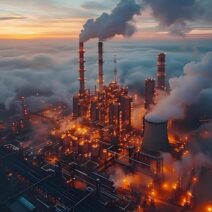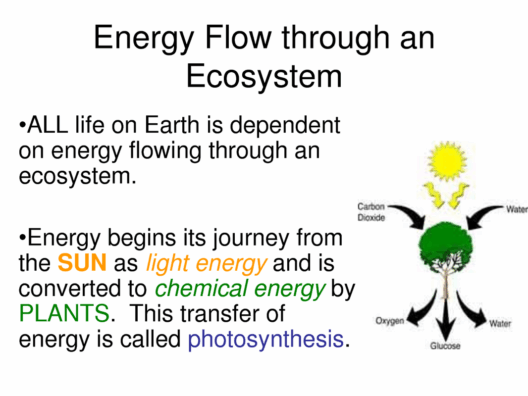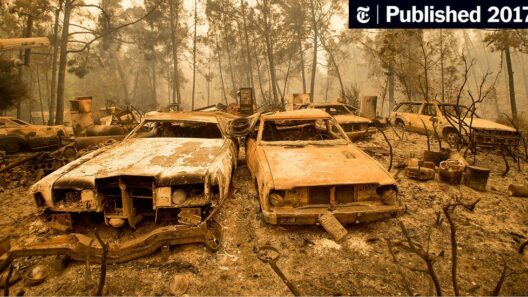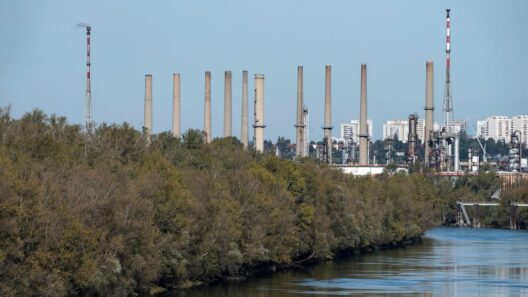The interplay between global warming and the Earth’s climatic epochs has captivated scientists and historians alike. A common observation emerges from various studies: the shifts in temperature during the Quaternary Period have led humanity to ponder whether global warming not only marked the end of one ice age but also acted as a bulwark against the recurrence of another. To navigate this complex topic, one must delve into the intricate tapestry of climate science, glacial geology, and paleoecology.
Ice ages are characterized by significant drops in Earth’s average temperatures, resulting in the enlargement of polar ice sheets and glaciers. The most recent glacial period, known as the Last Glacial Maximum, lasted until around 20,000 years ago, during which vast stretches of North America and Eurasia were enveloped in thick ice. The transition into the current interglacial period, the Holocene, coincided with a notable warming trend, raising questions on its causative agents.
To comprehend this transformation, it is essential to explore the climatic drivers behind the end of ice ages. Orbital variations, known as Milankovitch cycles, play a central role, influencing the solar insolation patterns received by the Earth. These cyclical patterns relate to eccentricity, axial tilt, and precession, ultimately dictating seasonal temperature disparities. Fluctuations from these forces commenced a gradual warming, diminishing ice sheets and releasing carbon dioxide sequestered in the ocean.
CO2’s role as a greenhouse gas is paramount. As temperatures began to rise, oceans heated, releasing this trapped carbon dioxide, which in turn accelerated the warming process. The relationship between temperature and atmospheric carbon is not merely synchronous; it is deeply intertwined. During the transition from glacial to interglacial, incremental increases in CO2 levels corresponded with rapid climatic changes, wherein global temperatures soared, culminating in an era we now recognize as the Holocene.
However, framing this transformation purely as an outcome of natural phenomena would be an oversimplification. Anthropogenic influences on climate are a relatively recent phenomenon, yet their implications prompt the inquiry into their potential to prevent future climactic extremes. The current trajectory of global warming, driven by human activities such as industrialization, deforestation, and fossil fuel consumption, mirrors past natural events but at an exceedingly accelerated rate.
Interestingly, some researchers posit that the current wave of warming may mimic ancient warming events that refashioned ecosystems. For example, major biotic rearrangement occurred during the Pleistocene-Holocene transition. Warmth, which once instigated the retreat of glaciers, may now foster extant challenges like accelerated sea-level rise, but it simultaneously prompts adaptive resilience within various species. The extinction of megafauna serves as a poignant reminder of the potential repercussions of rapid change.
Climate models that project future scenarios often utilize past interglacial episodes as analogs for what may transpire next. They suggest that if human-induced warming continues unabated, we may have a unique opportunity to explore how life adapts. The history of species diversification under changing climates illustrates a narrative of resilience and adaptation. However, it simultaneously cautions against assuming a linear progression toward improved outcomes, as many species faced extinction due to their inability to cope with rapid environmental shifts.
Humanity stands at a crucial juncture, both beneficiaries and victims of climate change. While the warming trend may have forestalled another ice age in the short term, it has triggered a cascade of events that may prove detrimental in the long run. As global temperatures continue to rise, ice caps and glaciers retreat, not just influencing marine and terrestrial ecosystems but also contributing to extreme weather events. The links between warming, ice melt, and global sea levels underscore the criticality of proactive measures to mitigate climate impacts.
The fascinating complexity of this issue begs deeper inquiry into the nonlinear consequences of warming. For instance, the Arctic is experiencing unprecedented transformations, with permafrost thawing releasing significant amounts of methane—a potent greenhouse gas. This emergent feedback mechanism elucidates the precarious nature of climate stability, where increasing temperatures beget events that further exacerbate warming.
Despite the sobering implications of current trends, there exists a glimmer of hope in the human capacity for ingenuity. Renewable energy technologies, carbon capture mechanisms, and reforestation initiatives represent practical approaches to curtailing greenhouse gas emissions and fostering a sustainable future. These innovations signal humanity’s potential to reshape not just its climatic fate, but the trajectory of the planet itself. Emphasizing international collaboration and grassroots mobilization could establish pathways towards a balanced climatic equilibrium amid the ongoing trials posed by anthropogenic global warming.
Ultimately, the discourse surrounding whether global warming has definitively ended the ice age or merely forestalled a future equivalent is inherently multifaceted. Historical insights, modern scientific analysis, and the relentless human spirit converge to highlight our pivotal role in shaping the planetary narrative. The lessons gleaned from Earth’s climatic past highlight that while natural cycles may govern some aspects of climate, human actions presently wield unprecedented influence over the planet’s destiny.
As awareness of climate challenges grows, the urgency with which we address these issues becomes ever more critical. The duality of global warming as a potential harbinger of catastrophe and a unique opportunity for adaptation encapsulates the essence of our relationship with the natural world. Moving forward, acknowledging the complexities of this relationship may prove key not just in understanding our climate history but also in forging a sustainable future free from the impending threats of another ice age.





